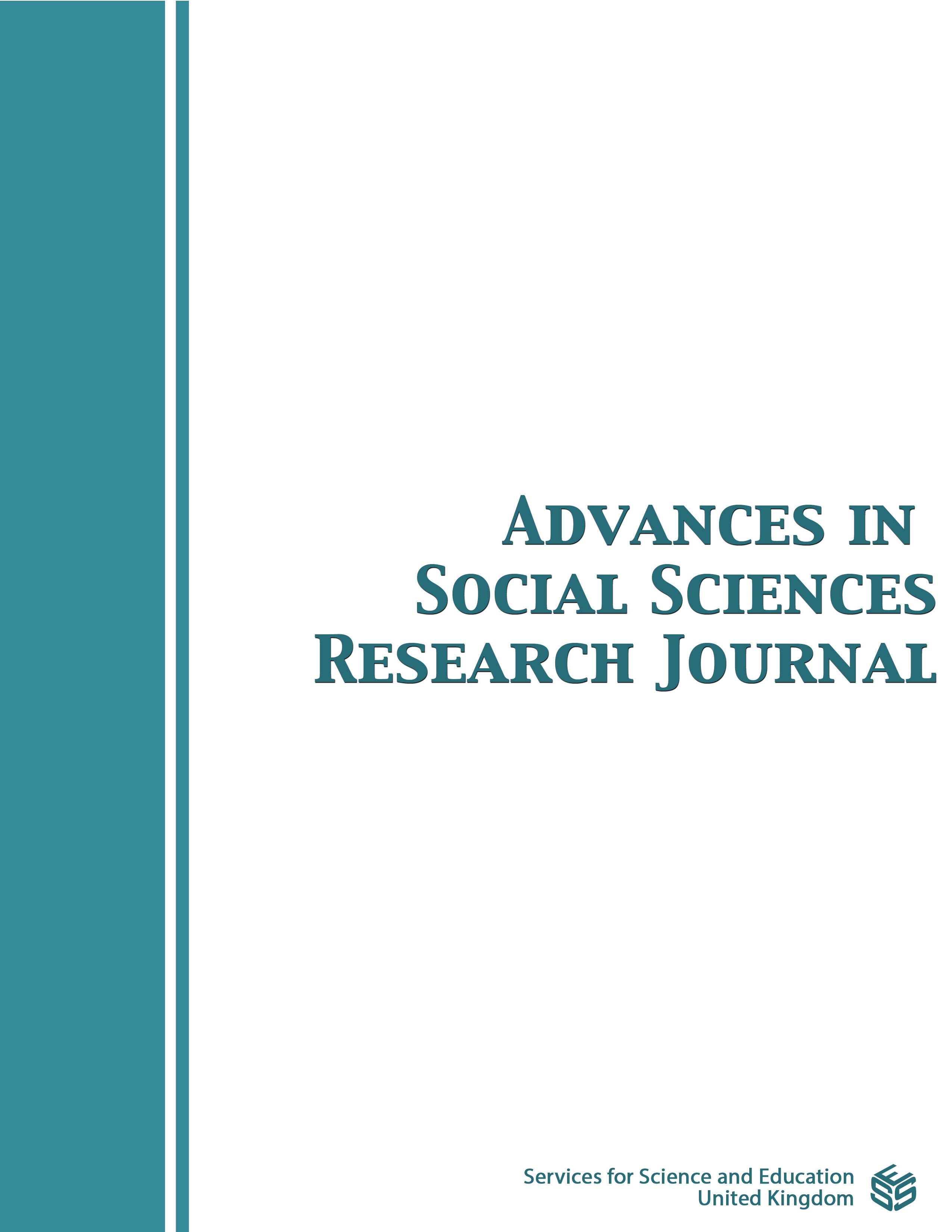Effect of Women’s Empowerment in Agriculture on Rural Households Food Security: A Case Study of Oyo State, Nigeria
DOI:
https://doi.org/10.14738/assrj.88.10681Abstract
Empowering women in agriculture is considered a prerequisite to achieving global food security. However, there exists a research gap due to limited empirical studies to ascertain this, especially in nations like Nigeria where high level of food insecurity and gender inequality is perceived. Therefore, this study examines the effect women’s empowerment in agriculture has on household food security. The study was carried out in Oyo State, Nigeria and a sample size of 100 rural women was drawn using the multi-stage sampling technique. Data was collected using a semi-structured questionnaire through an interview schedule. Data analysed was done using descriptive statistics, abbreviated women’s empowerment index, food security index and logistic regression model. Findings from this study revealed that more than half (58%) of the women were disempowered and about 59% of the households were food insecure. By disintegrating women’s empowerment into its various domains, this study identified that the major contributors to disempowerment are time(workload), production and resource domain. The logistic regression result shows that women’s empowerment in agriculture positively influences household food security. The study recommends that women must be adequately empowered in order mitigate food insecurity. Finally, the study suggests further research should be carried out to determine the gender parity in agriculture to understand the women’s empowerment in comparison with men’s empowerment in individual households.
Downloads
Published
How to Cite
Issue
Section
License
Copyright (c) 2021 Abiola Oyeboade Ayodeji, Matt Lobley, Ayodeji Jamiu Rauf

This work is licensed under a Creative Commons Attribution 4.0 International License.
Authors wishing to include figures, tables, or text passages that have already been published elsewhere are required to obtain permission from the copyright owner(s) for both the print and online format and to include evidence that such permission has been granted when submitting their papers. Any material received without such evidence will be assumed to originate from the authors.






